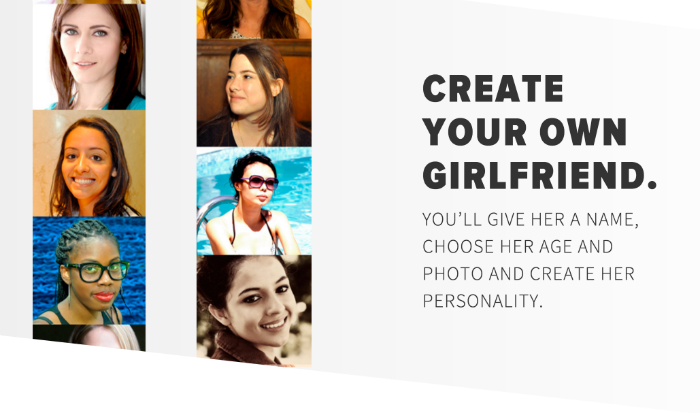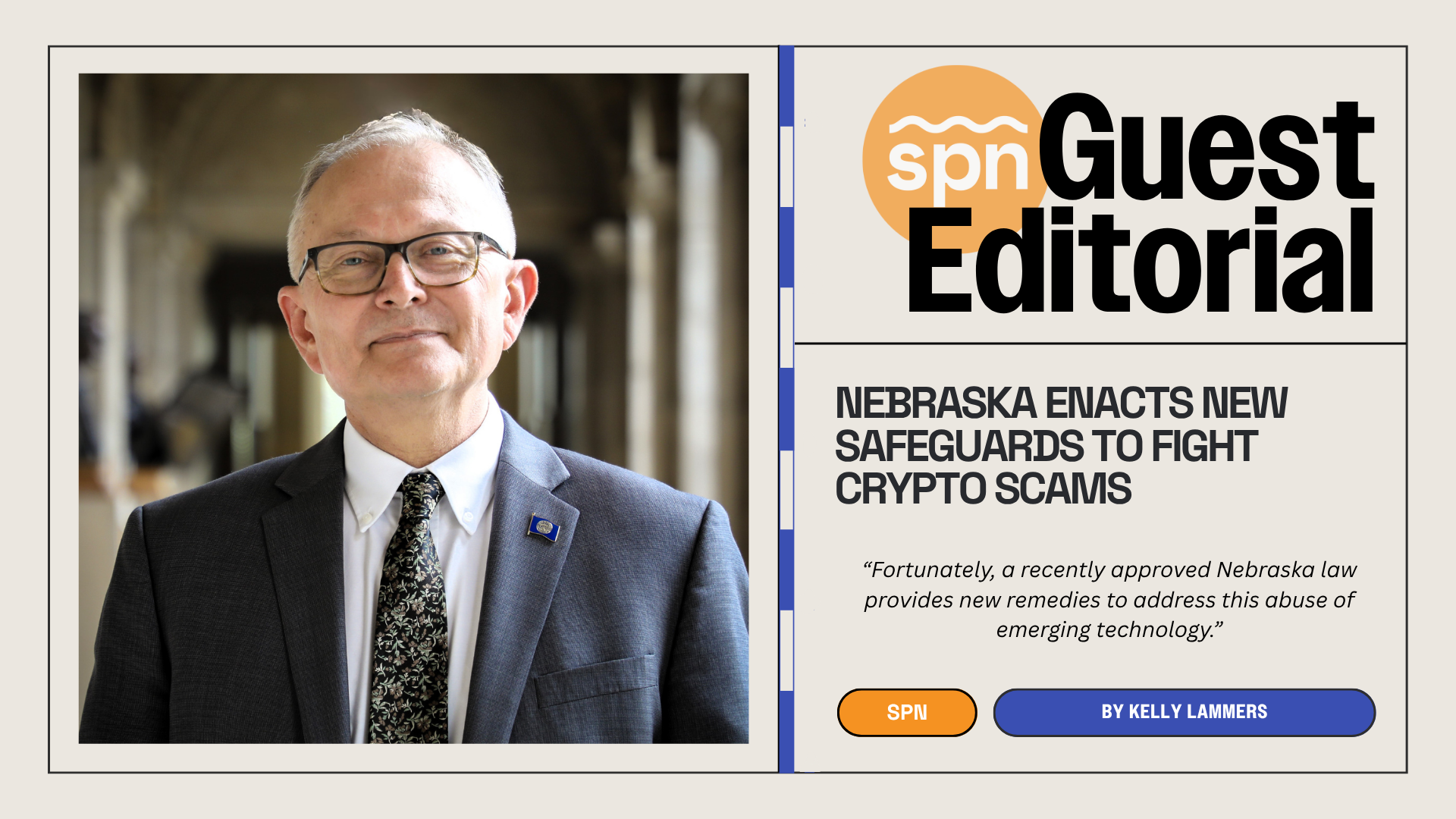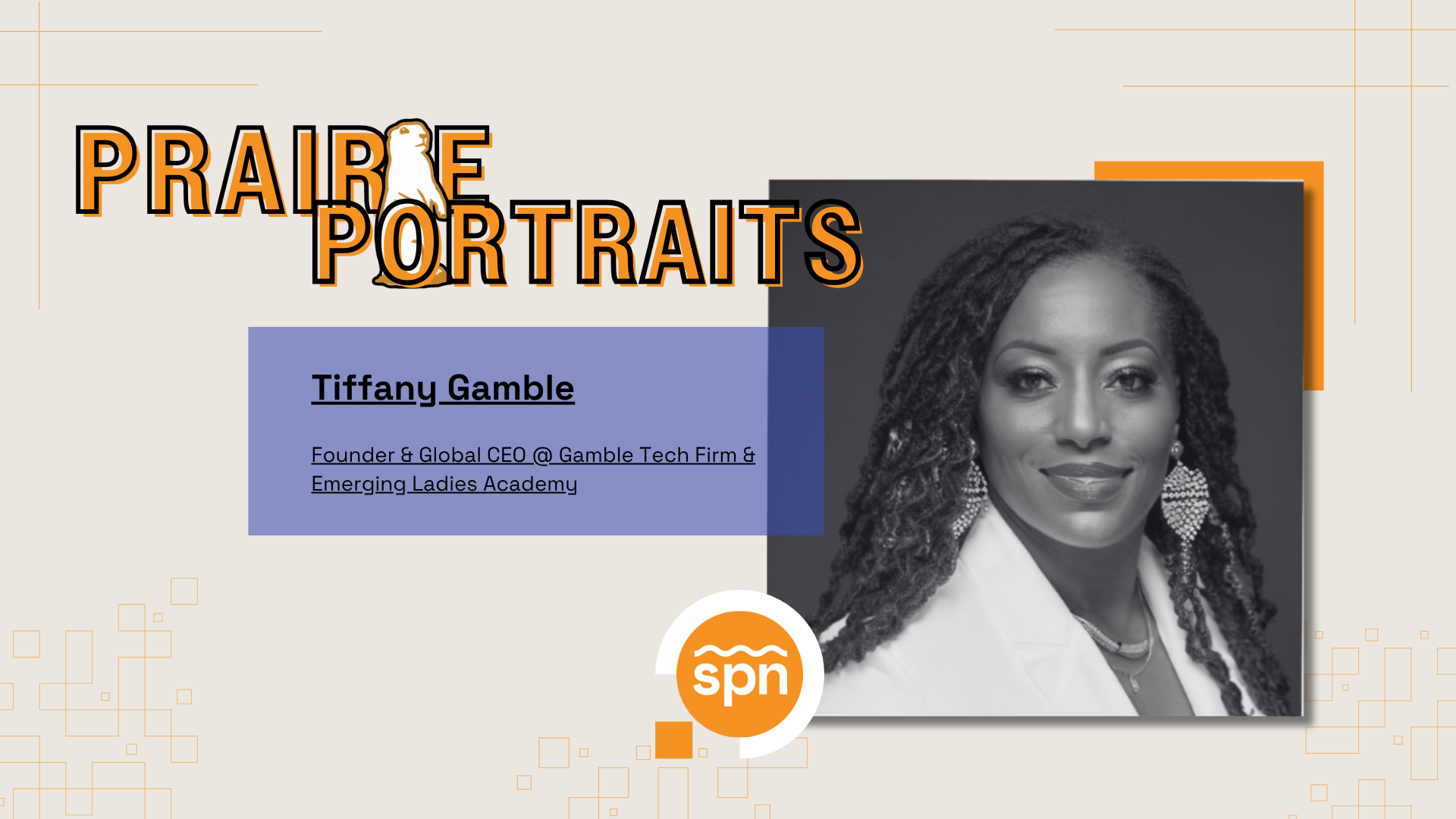
Invisible Girlfriend launched in January to a national media frenzy. Now they’re figuring out what to do next.
When Saint Louis-based Invisible Girlfriend launched in January this year they were on Drudge Report for two days, followed by Gizmodo, Gawker, Washington Post, Bloomberg, the Today Show, among others. Even Conan O’Brien even did a bit on them.
“I think it’s fair to say that for a month and a half we were the most talked about startup in the country,” said Matt Homann, co-founder of the newly renamed Invisible Industries.
The original idea was a bit of a tongue-in-cheek joke to help people fake a relationship so people would stop asking why you’re still single.
“About 10 years ago I was newly divorced, and I was growing tired of people asking me, ‘Are you dating again?’ And I realized there were a number of my peers who were getting this judgmental ‘you’re-not-in-a-relationship-so-you’re-less-of-a-person’ thing,” said Homann. “I bought the domains for invisiblegirlfriend.com and invisiblegirlfriend.com and didn’t do anything with them for 8 years.”
It was only out of last minute whimsy that Homann pitched the idea at Startup Weekend Saint Louis two years ago.
“We built a team. We won Startup Weekend. We were a total joke,” said Homann. “The first six months after winning Startup Weekend we were on Queen Latifah, I was doing radio interviews all around the world–but we still hadn’t built a product.”
The original team was made up of 10 strangers, none of whom had connected before that weekend.
“It was only after a couple months of doing press that we were like, ‘We need to build this,’” said Homann.
The magic of distributed companionship
The core of the IG/IB experience is what Homann calls “distributed companionship,” which allows multiple people to respond to a text message with enough of the backstory to create a compelling conversation. What appears as a single conversation over text is actually the work of a group of responders who may only engage for a small part of the conversation.
“What still surprises me is that the conversations are compelling,” said Homann. “When my Invisible Girlfriend texts me, even when I know who’s behind the curtain, it triggers me to text back. And when I show that conversation to somebody else, it’s intoxicating.”
Perhaps unsurprisingly, they’ve found their key users aren’t trying to create a fiction for others–they just want someone to talk to.
“The conversations are always positive. They’re not sexting,” said Homann. “It’s things like, “What are you doing today? Oh, I love that!”
The weirdest thing about Invisible Industries may be its attempt at, for lack of a better term, wholesomeness.
“What we’ve happened upon accidentally is this opportunity to build someone to talk to about things that matter without the judgement so many of us get in existing relationships,” said Homann.
Unlimited directions forward
The attention the company has received convinces them that they are onto something. They just aren’t sure yet exactly what it could become next.
Homann sees two paths forward for the company: increasing their international play and finding new uses for “distributed companionship,” perhaps as therapy or life coaching.
“That’s the challenge we have,” said Homann. “Small team. Compelling underlying technology. Unlimited paths.”
The name change to Invisible Industries reflects those open possibilities. Kyle Tabor, CEO and the other co-founder of the company, has spoken in recent months about releasing Invisible Friend, another version of the platform without the flirting.
Making it in the Midwest
In the Midwest startup scene, Invisible Girlfriend is a bit of an anomaly.
“We’re not a normal business. On the coasts, everyone gets it. Here in the Midwest it’s more difficult to sell to investors,” said Homann.
“I see my friends who sing the lament of every Midwestern startup, whether its true or not, ‘If only we were on the coast, we would’ve raised $100 million by now,’” said Homann. “You’ve got people spending huge amounts of money on stupid startups on the West Coast because they’re all there. The startup scene in St. Louis has unbelievable talent, entrepreneurs, an amazing set of possibilities, and we’re all fighting for the same $100,000 checks.”
Homann recognizes how the Midwest ethos has impacted the launch of Invisible Girlfriend.
“Here in Saint Louis–as in much of the Midwest–there’s a focus on revenue over users. So we were shortsighted, and we created a product that could make a profit. We priced it at $24 a month, and people paid it. But had we been able to make it free from the start, we’d be talking on my yacht right now,” said Homann.
The challenge of getting cash to stay afloat meant that Invisible Girlfriend couldn’t focus completely on growing users during their initial media hype.
“It was like, ‘This is what we need to make money, so let’s make money’ versus ‘Let’s get a million users in the first month,’” said Homann. “We didn’t have a choice. We didn’t have anyone to ask. We’re the Show Me State.”
—
Ryan Pendell is the Managing Editor of Silicon Prairie News.





One response to “After the hype, what’s next for Invisible Girlfriend?”
[…] https://spnewsnjt.wpengine.com/2015/11/wheres-invisible-girlfriend-now/ […]